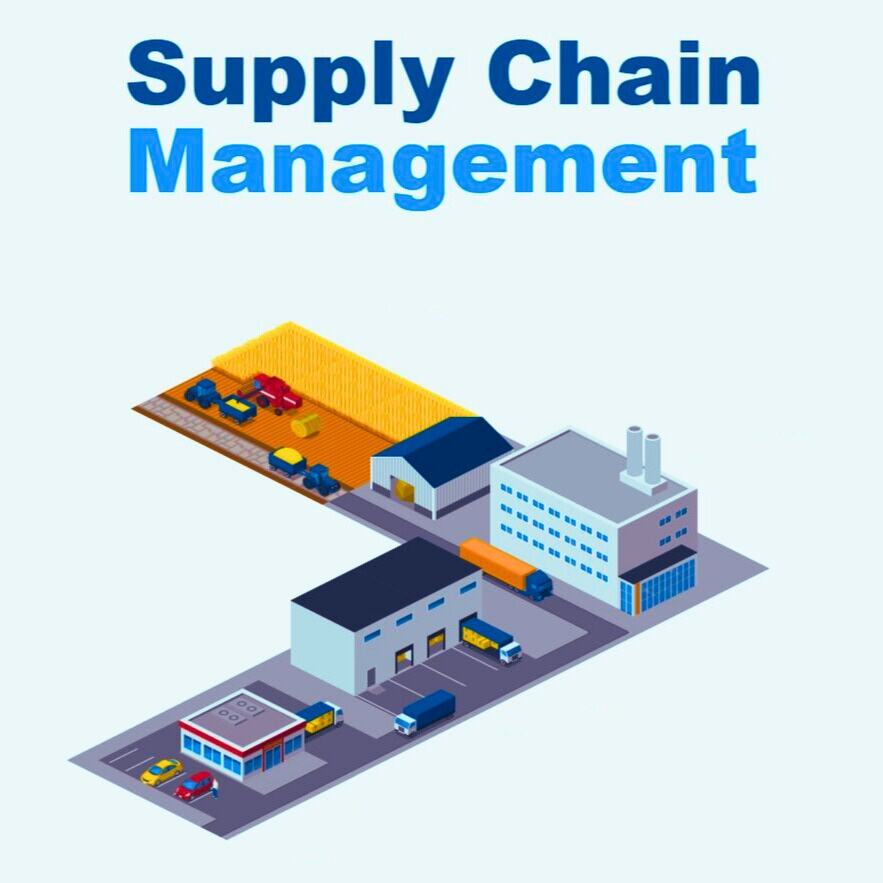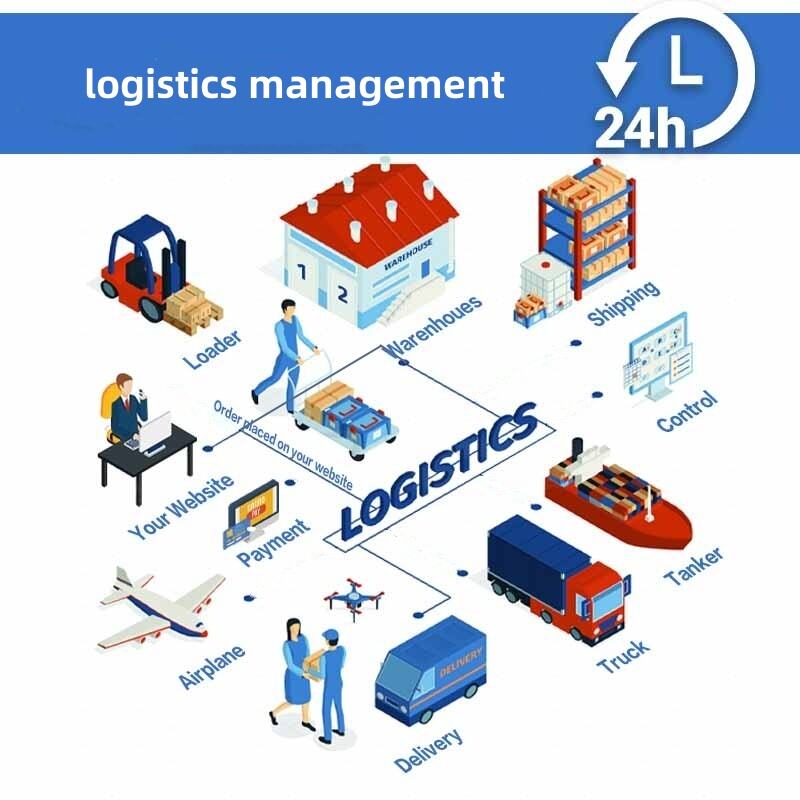demand management in supply chain
Demand management in supply chain is a comprehensive strategic approach that helps organizations effectively predict, plan, and fulfill customer demands while optimizing inventory levels and operational efficiency. This critical business process encompasses forecasting, demand planning, and inventory optimization through advanced analytics and real-time data processing. At its core, demand management utilizes sophisticated algorithms and machine learning technologies to analyze historical data, market trends, and current consumer behavior patterns to generate accurate demand forecasts. These systems integrate seamlessly with existing enterprise resource planning (ERP) platforms, providing organizations with powerful tools for demand sensing, shaping, and orchestration. The technology enables businesses to maintain optimal inventory levels, reduce stockouts, and minimize excess stock while ensuring customer satisfaction. Modern demand management solutions incorporate features such as automated replenishment systems, predictive analytics, and collaborative planning tools that facilitate better communication between suppliers, manufacturers, and retailers. Additionally, these systems often include real-time monitoring capabilities, allowing organizations to quickly respond to sudden changes in demand patterns or market conditions. The practical applications span across various industries, from retail and manufacturing to healthcare and telecommunications, helping businesses maintain competitive advantages through improved supply chain efficiency and reduced operational costs.


